
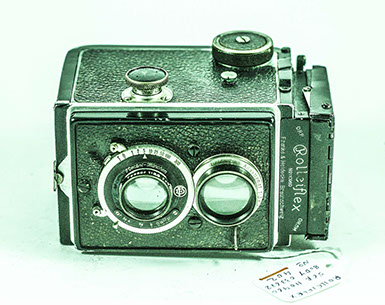
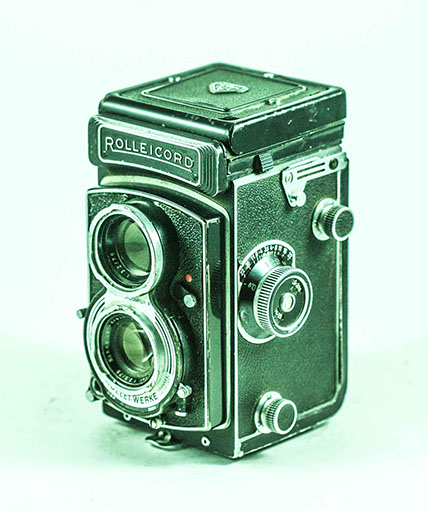
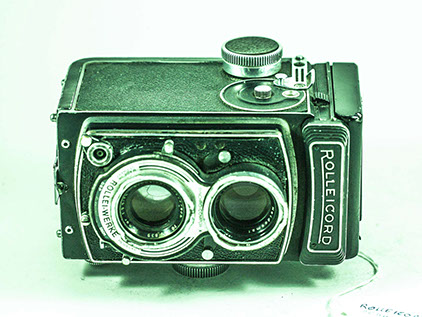
Rolleicord of 1960's
Early Rolleiflex of 1930's
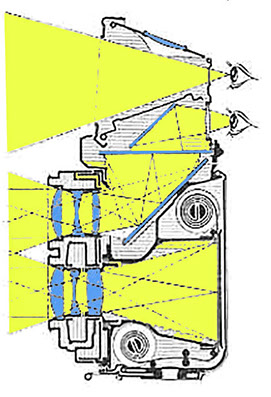

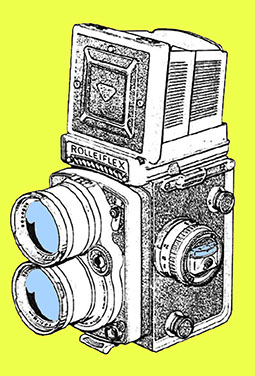
Light Path through Rollei TLR (above), standard Rolleiflex with 80 m f/23.5(center) , and Tele Rolleiflex with 150 mm f/3.5 (right)
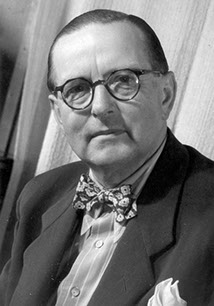
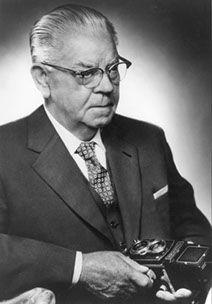

Paul Frankie
Dr. Reinhold Heidecke
Assembling Rollei TLR at the factory
Paul Frankie, and Dr. Reinhold Heidecke worked for Voigtlander just before starting their own company in Braunschweig.


Internals of Rolleicord illustrates the level of professionalism in its opto-mechanical design. All Rollei TLRs have a central shaft running through the camera to connect its focusing knob to rack and pinion gears on both sides of the camera to precisely translate the front lens board, consisting of the imaging, and viewing lenses. Note the velvet covered ring behind the imaging lens (above) to light seal the lens barrel during focusing. TLRs were favorite cameras for wedding, portrait, and artwork coping cameras because they had almost no moving parts except the leaf shutter.
You could also see the parallax compensation linkage (above) that translates the focusing screen back and forth to correct the field of view of camera during focusing. Rolleicords had a film advance knob similar to Russian made Lubitel (the least expensive camera you could get at the time) but more advanced models had the lever advance to quickly advance the film, and cock the shutter like in Hasselbads. Rollei TLR had the most impressive mechanical coupling for its built-in exposure meter to display its shutter, and aperture settings all around the camera.